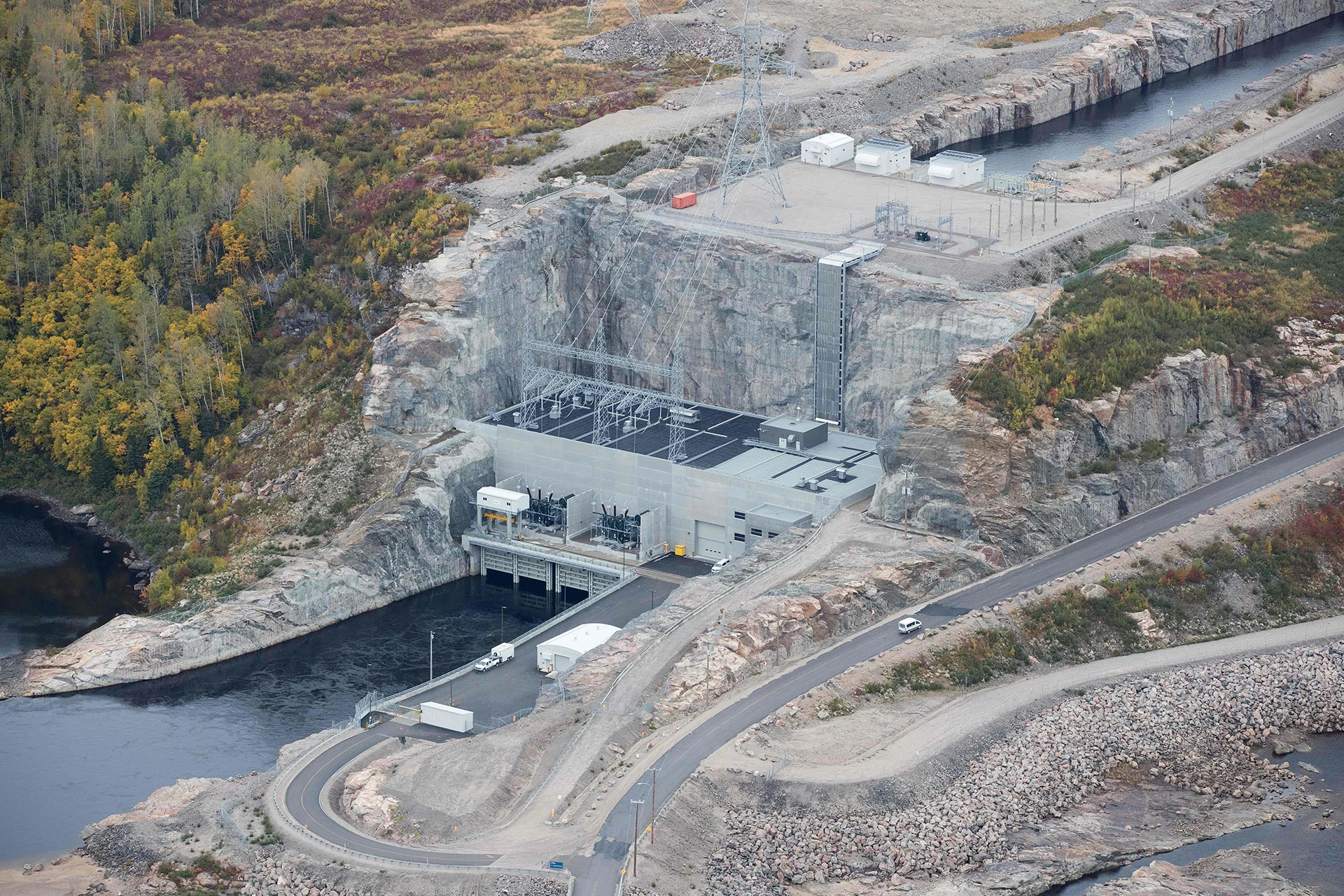
How will we store the power of the future? Gravity and pressure
Perhaps the most exciting movement in the climate change world right now is the pursuit of new types of energy storage.
The goal of energy storage in the field of renewables is to make key but intermittent renewables like solar and wind more reliable, holding the excess energy they produce for release back to the grid on windless days or overnight when their power has gone dormant.
To this end, advancements have been pursued in battery technology over the past several decades — in particular with lithium-ion batteries — and recent improvements have made thermal batteries another viable energy storage option.
But many researchers and entrepreneurs are turning to such basic forces as gravity and pressure to find ways to achieve the energy storage of the future.
With this type of storage, the energy produced by spinning wind turbines or solar panels under cloudless skies would power a system to hold that power “potentially.”
Like the potential energy inherent in gravity.
Gravity has been at the heart of energy systems for millenia.
From ancient irrigation methods to the use of pulleys and levers, the earth’s draw has played a role; and, more recently, hydro power operates with complete reliance on falling water.
The most common storage method currently in use is pumped-storage hydroelectricity (PSH), which stores “gravitational potential energy by pumping water into a reservoir during times of lower electricity demand, and then generates electricity by releasing water through a turbine during times of higher demand.”

Aerial view of Hydro-Quebec's Romaine 1 hydroelectric dam in Havre St. Pierre, Que. (Lars Hagberg/ AFP/ Getty Images)
According to the Canada Energy Regulator, PSH is currently “the largest form of energy storage in Canada and a growing contributor to grid reliability.”
A similar approach is used by the Montreal company RheEnergise.
In place of water, the company’s storage system employs a high-density fluid called R-19, which is pumped to the top of tanks using excess power from periods of low demand.
During peak hours, the R-19 is released from the tanks so that gravity runs it through turbines, returning that stored power back to the grid.
The novelty of the R-19 fluid, which has a density more than twice that of water, is that “projects can operate on low hills rather than high mountains.” It also means that projects can be more than two times smaller and yet still produce the same amount of energy — which ranges from 10MW-50MW of power.
“Smaller projects are quicker to build, have lower construction costs, and are easier to camouflage within the landscape,” Lizzi Gold, operations executive at RheEnergise told The Weather Network (TWN).
“Which results in them being quicker to plan and consent.”
This revolution in earth-force energy storage has taken on many eclectic forms.
Some are lifting enormous blocks with a crane to be released at peak hours; others drop weights or raise them from mine shafts; still others pour water into the earth and let geologic pressure force it to the surface.
Many are also looking for an answer in the form of air compressed under very high pressure.
Hydrostor, a Toronto company, has designed a system wherein excess electricity — from the grid or renewable sources — compresses air that is stored in a “purpose-built cavern” and maintained at constant pressure.
During peak hours, when the grid or renewable source can’t meet energy demands, the pressurized air is released through turbines to generate electricity.
“Wind and solar are the lowest cost forms of electricity generation, but they are also intermittent and require energy storage to firm-up their output to enable them to be the dominant form of generation,” William Bartlett, Hydrostor’s associate, business development, told TWN.
“The current energy storage solutions are insufficient as battery costs remain too high for long-duration energy storage, and pumped hydro has insufficient number of potential sites,” he stated.
Hydrostor’s technology was introduced in 2015, when the company’s Toronto Island Demonstration Facility was connected to the grid. Hydrostor has since launched facilities in California, Australia, and Goderich, Ont.
“New energy storage solutions with locational flexibility and low costs are essential to the energy transition,” said Bartlett, adding that the energy transition “is one of the largest undertakings in the history of the world.”
“The current pace of wind, solar, and storage annual build-out needs to increase by an order of magnitude to meet this challenge.”
Gold agreed, calling energy storage “the crucial enabler to a zero-carbon energy grid.”
Thumbnail Image: The Manitoba Seven Sisters Generating Station. (mysticenergy/ E+/ Getty Images)
